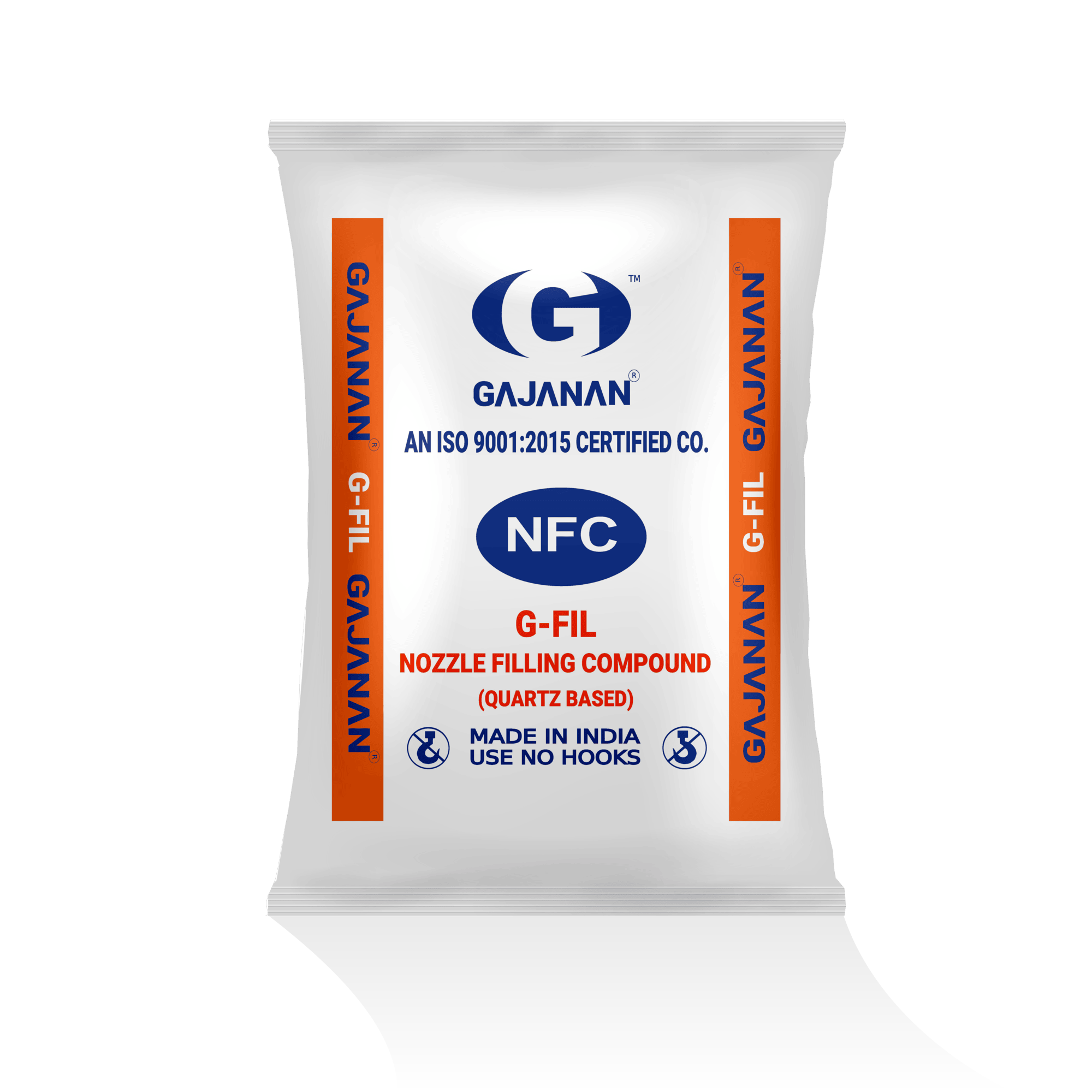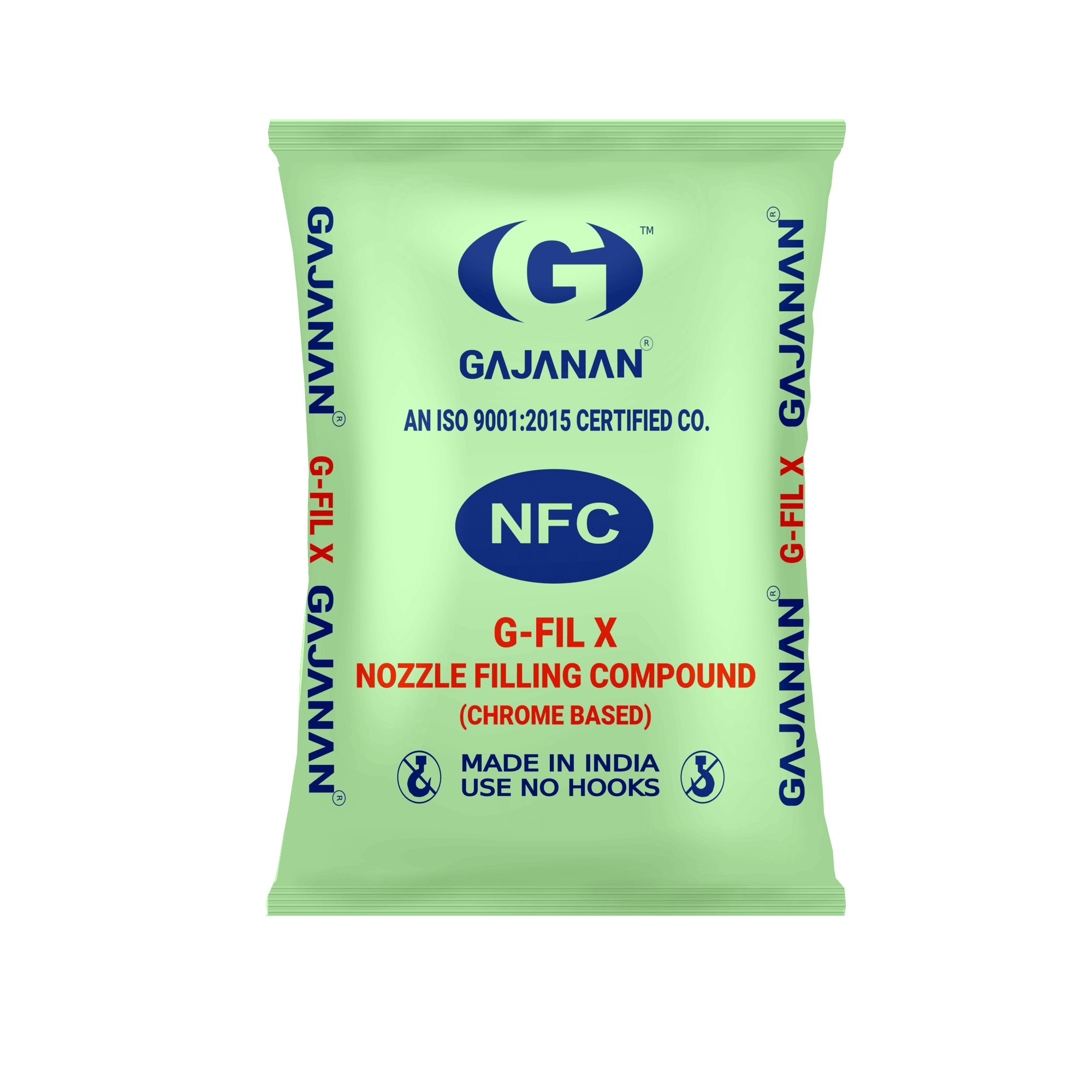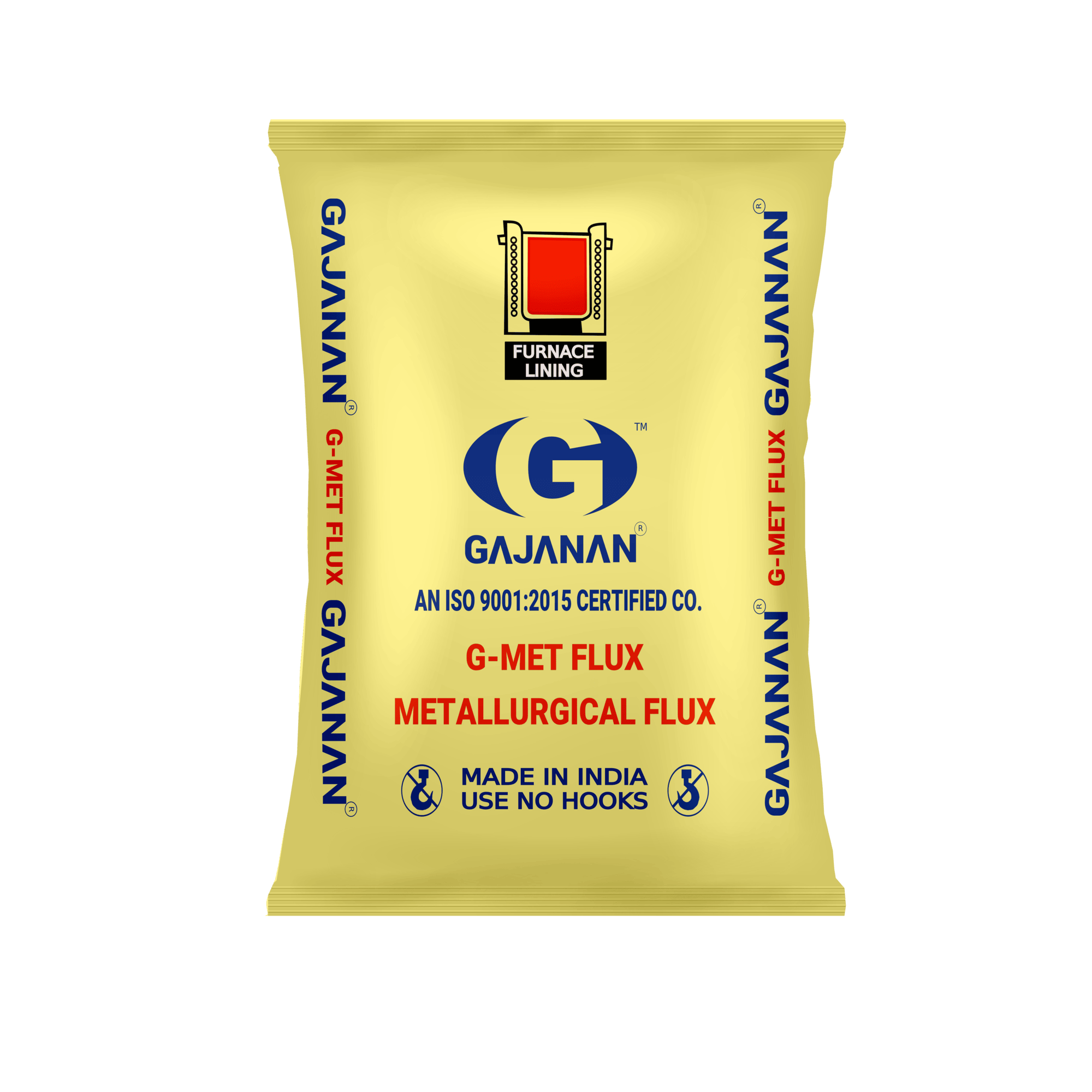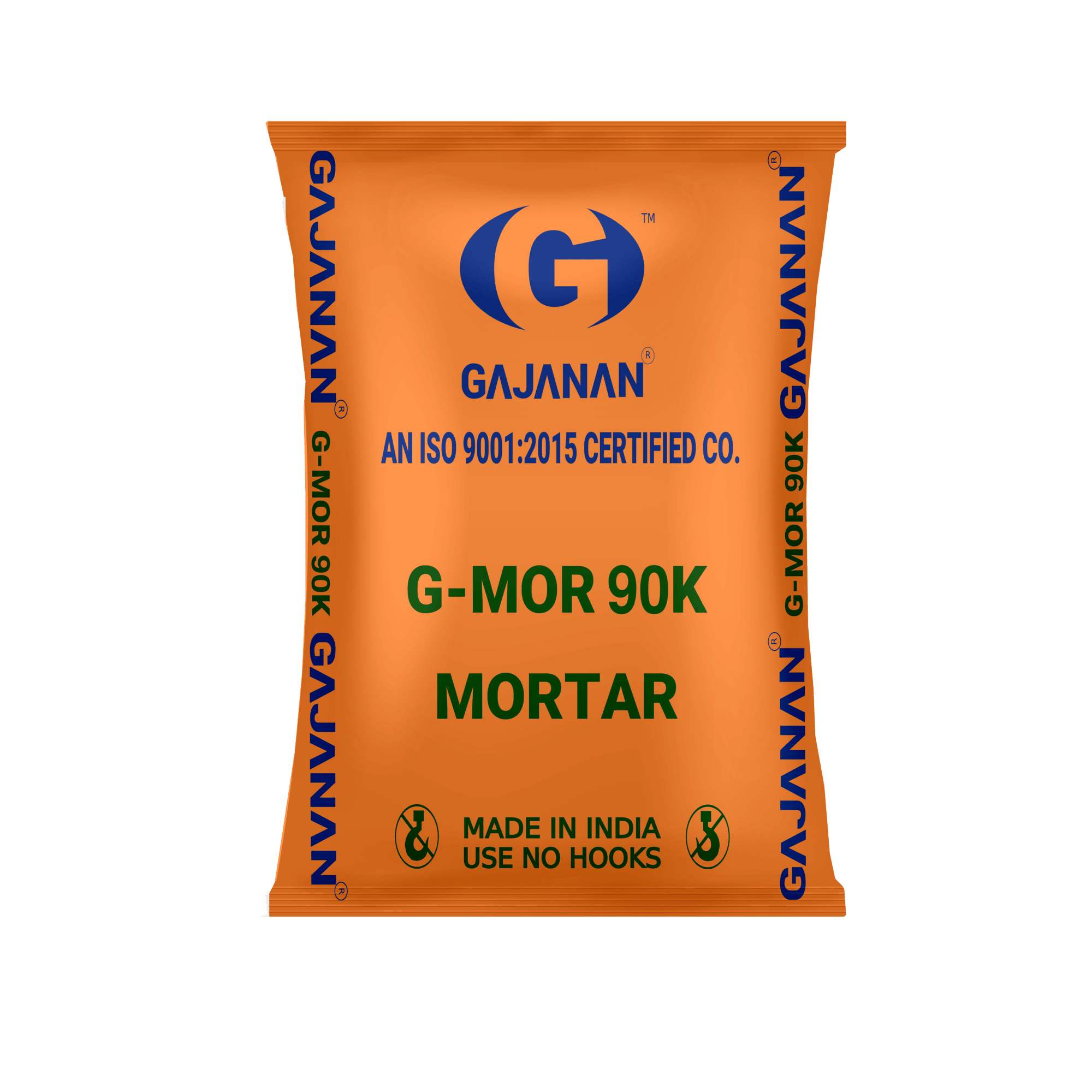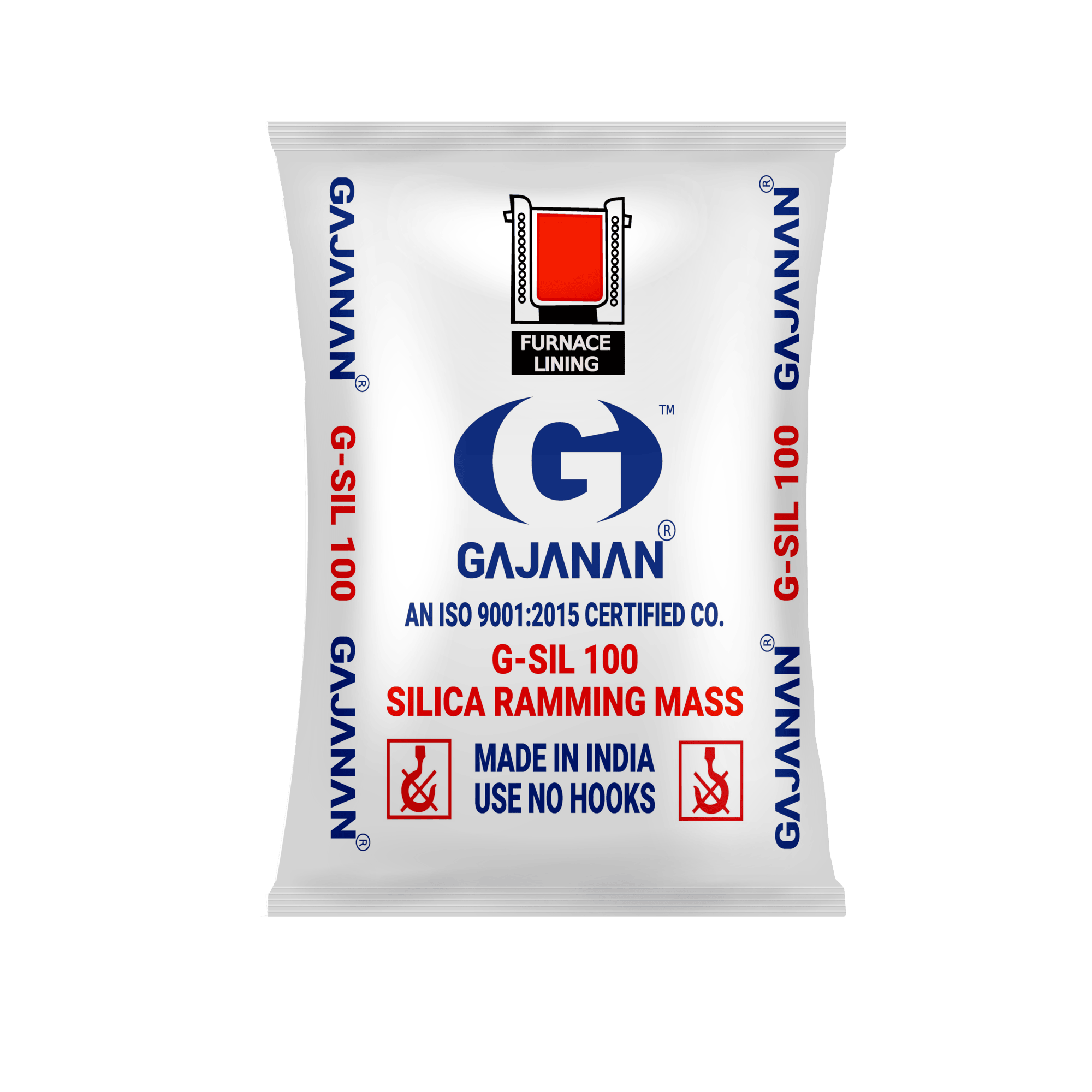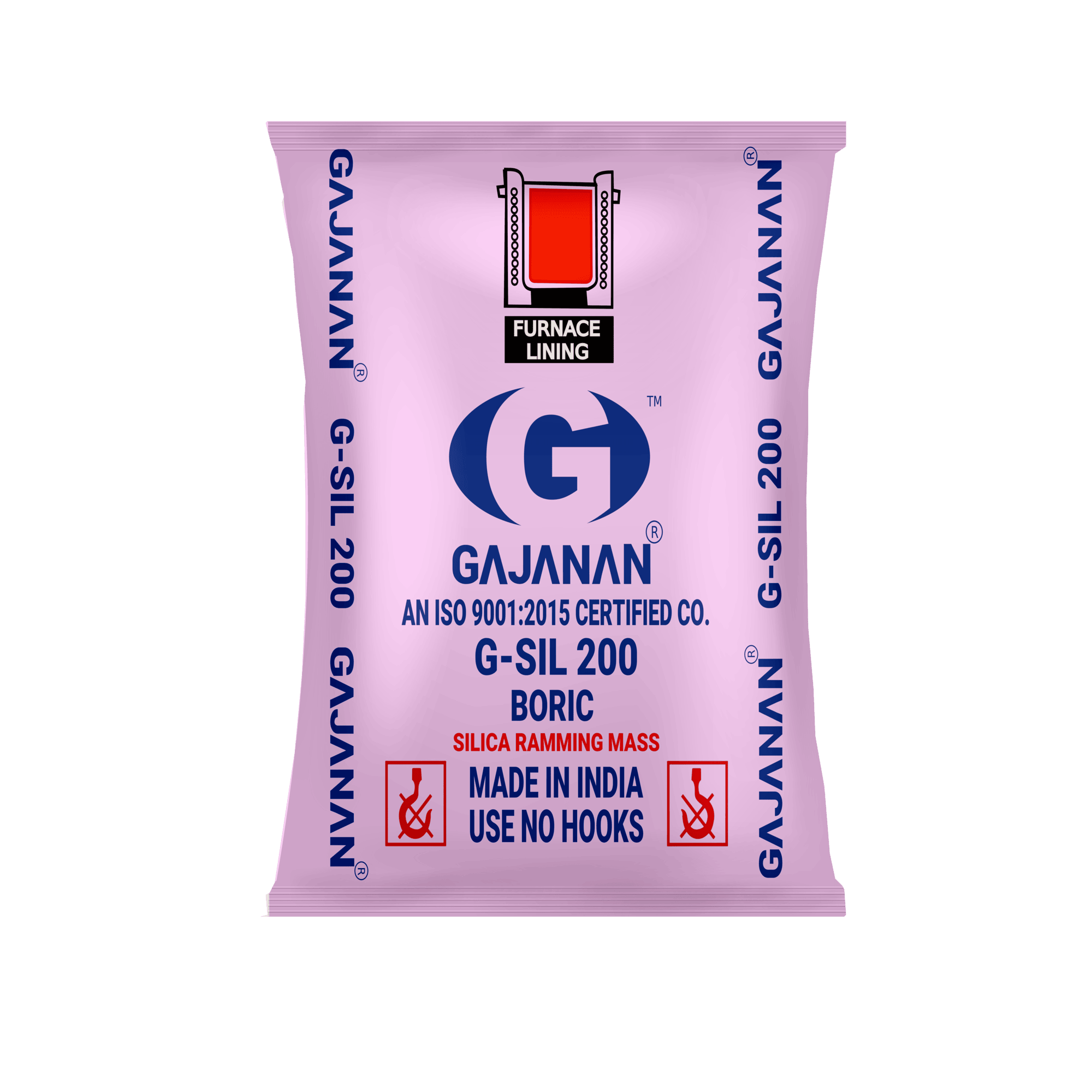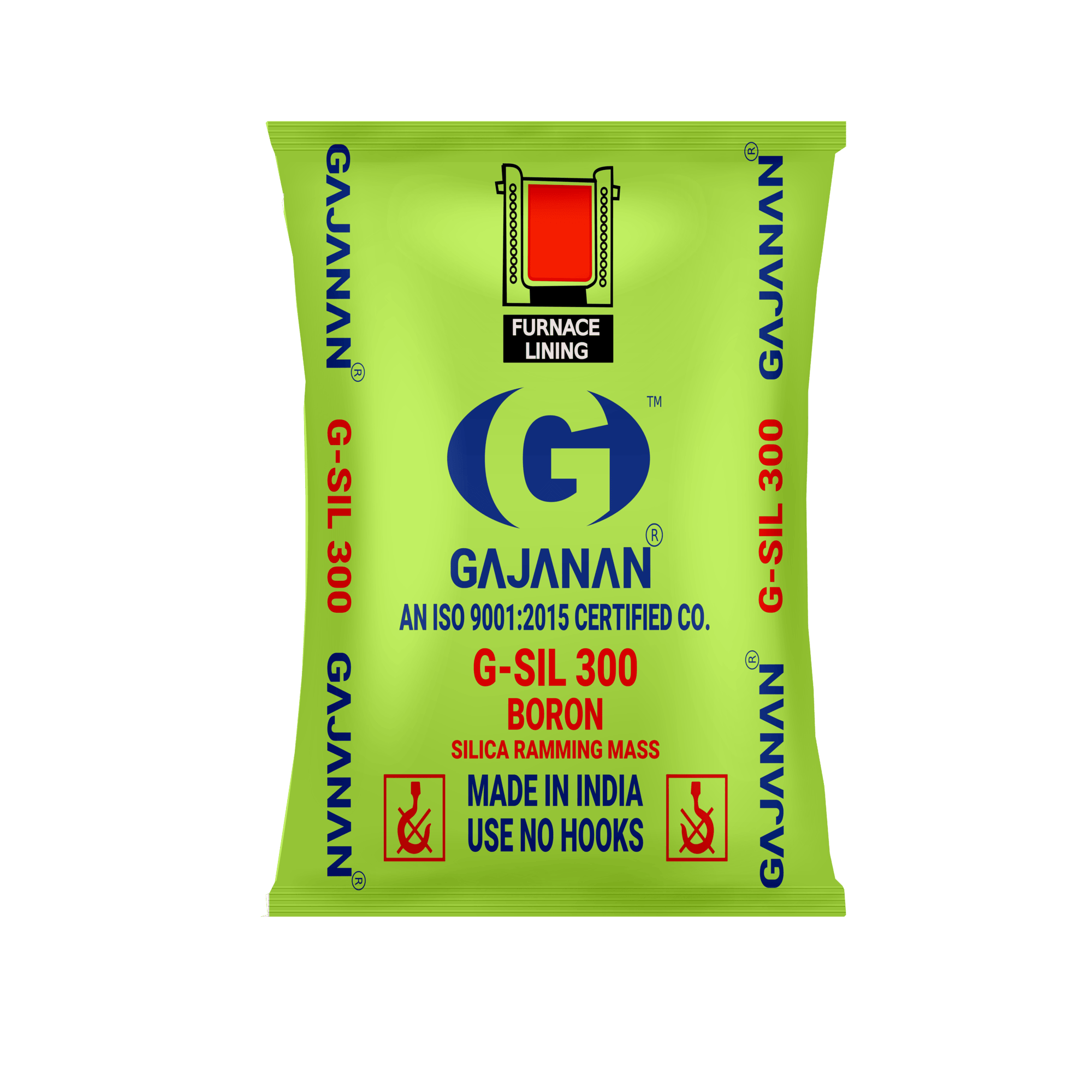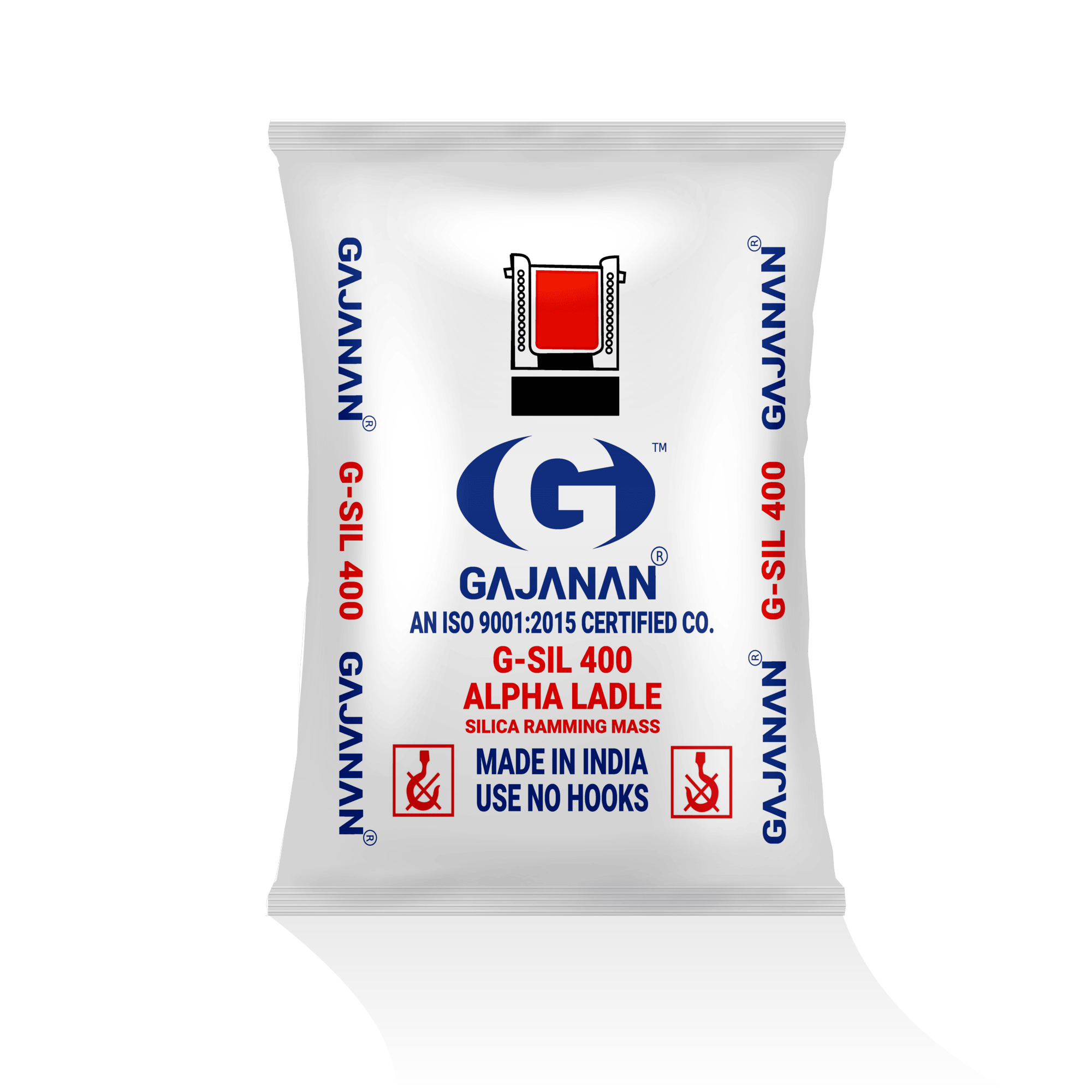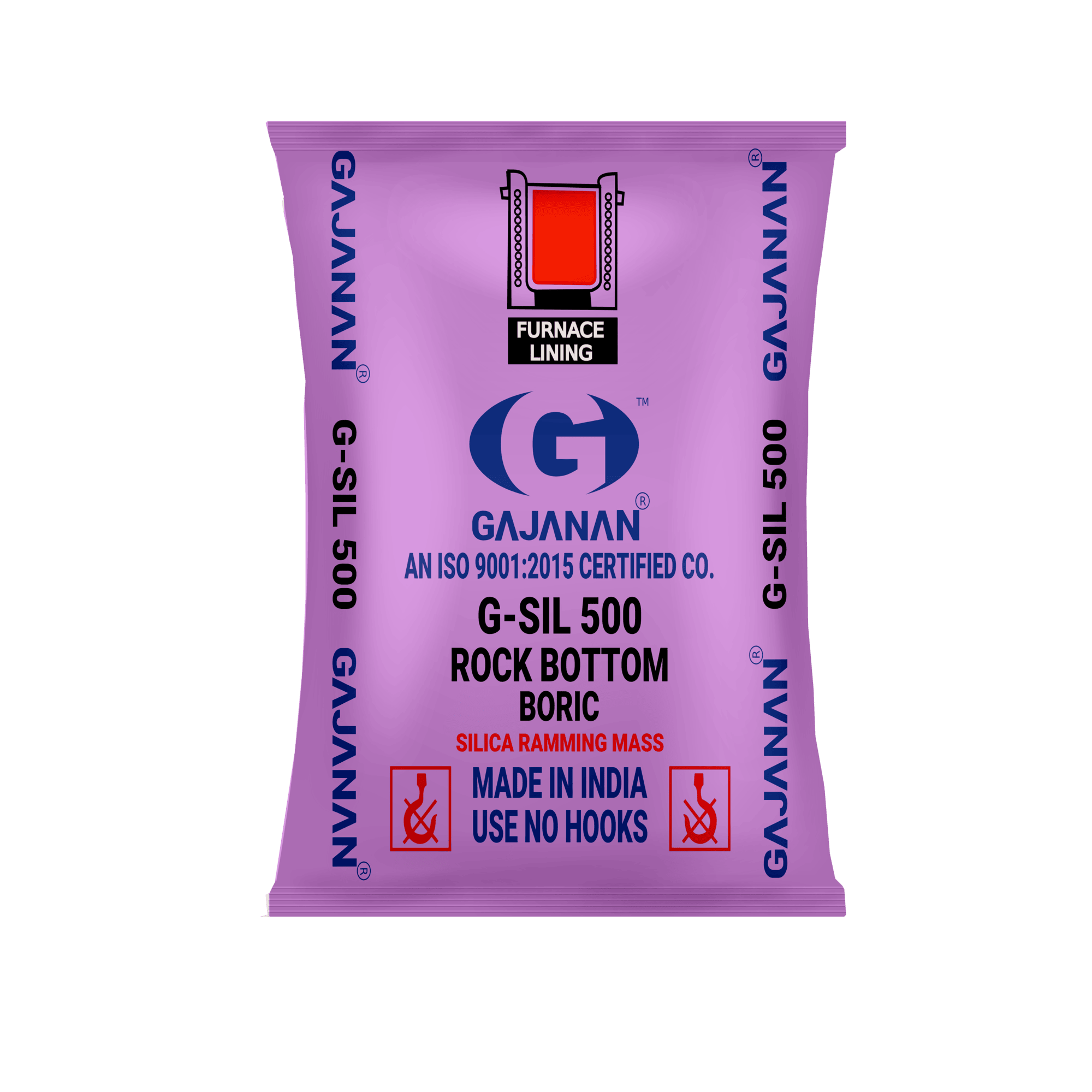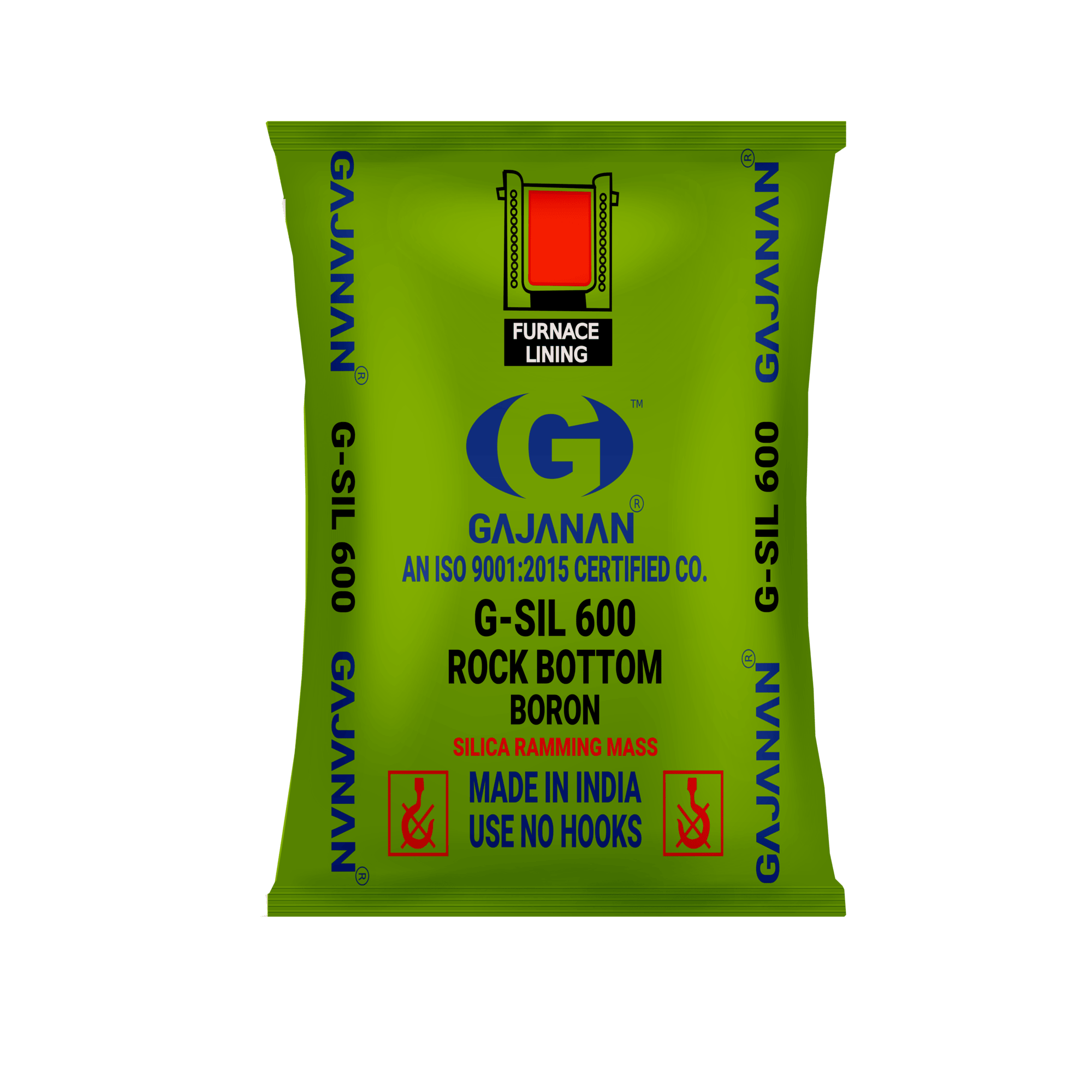
Nozzle Filling Compound (NFC)
Nozzle Filling Compound is a specialized refractory product designed for use in steel transfer
ladles equipped with slide gate mechanisms. Engineered with selected granulometry and high
refractoriness, the compound is formulated to resist sintering when in contact with molten steel at
temperatures around 1600°C under high ferrostatic pressure within the ladle nozzle-well cavity.
This thermal and structural stability typically allows the compound to remain free-flowing,
facilitating smooth and uninterrupted steel flow upon slide gate opening. In most cases, discharge
occurs naturally or with minimal oxygen lancing, helping establish a controlled and consistent
stream from the ladle.
Know More
